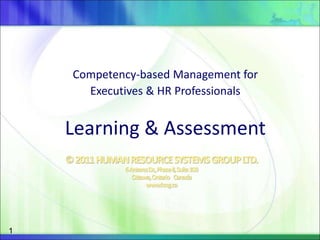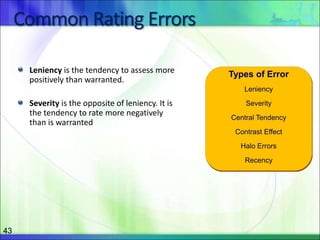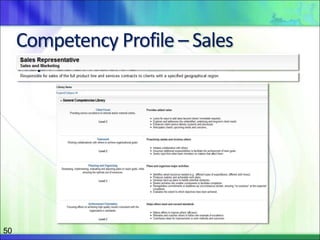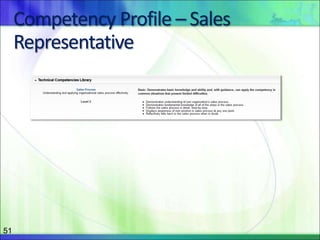The document focuses on competency-based management for executives and HR professionals, covering the competency-based learning cycle, assessment methods, and the development of learning plans aimed at measuring employee competence and addressing organizational goals. It emphasizes the importance of aligning learning outcomes with organizational strategies and utilizing various assessment tools to evaluate employee performance and develop targeted learning plans. Additionally, the document addresses challenges in competency assessment and offers frameworks for effective feedback and individual learning plans.







































































































